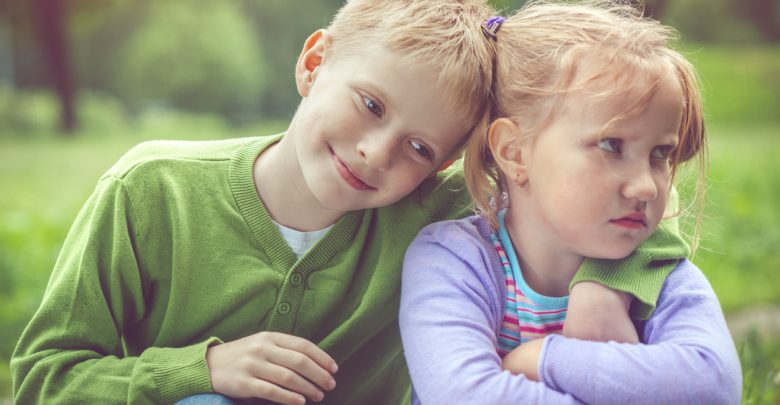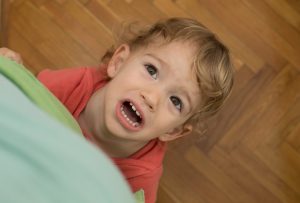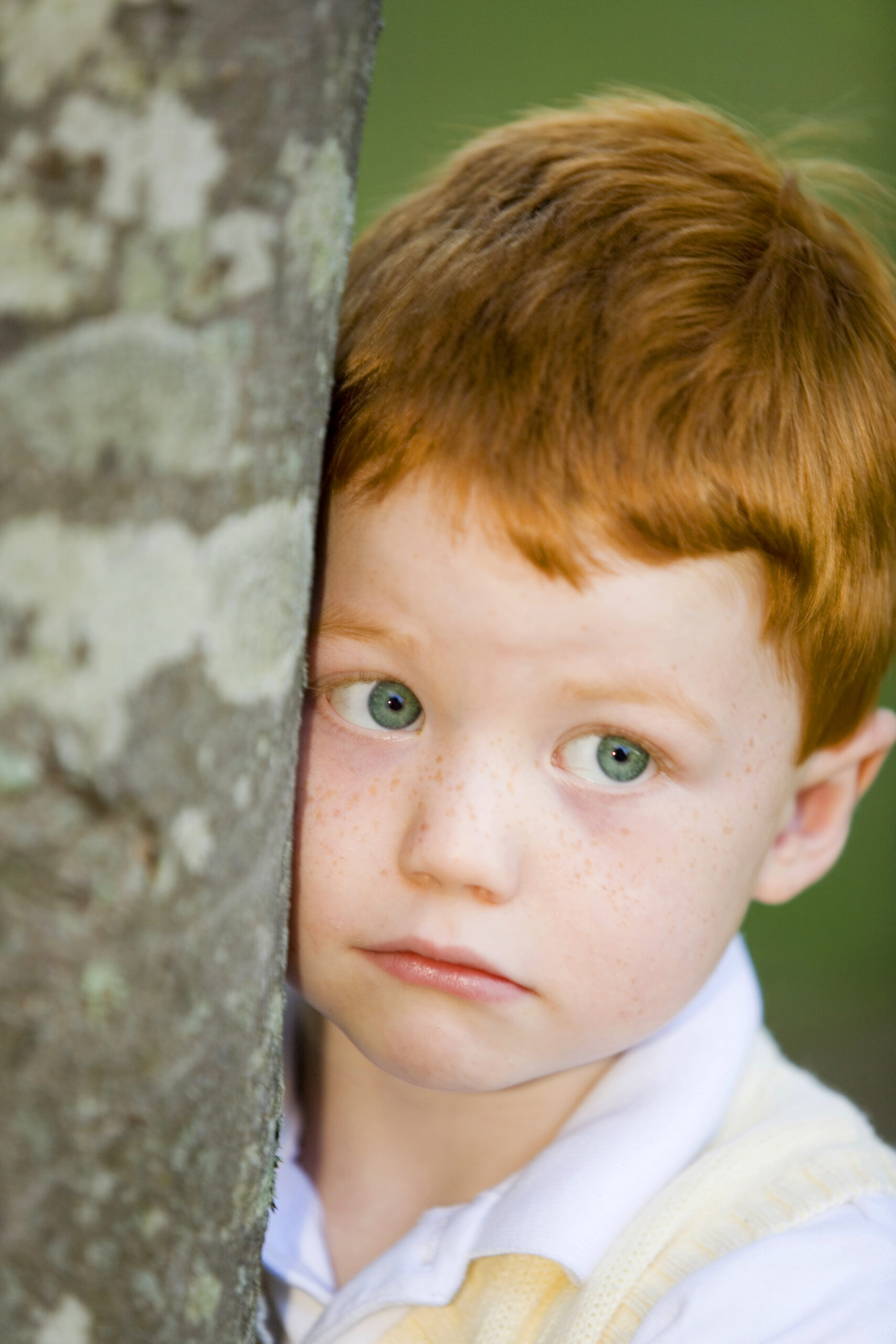Parenting Skills
Changing Behaviour

The keys to behaviour change
While behaviour is outward, the sources, or underlying cause of behaviour is always emotional. This guide will help you zero in on the cause of your child’s behaviour so you can use the best cure. You don’t want to use panadol if a child needs surgery and vice versa!
How would you feel if you were about to take off on a plane and the captain announced:
I really don’t have much training in flying planes, but I really love my passengers and I have common sense. The engine has some strange noises, but we’ll repair it once we get in the air.
We’d all panic and want off the plane – fast! Parents, like the captain of a plane, need more than love and common sense. They need special skills for dealing with the many demands of children. This page will give you some insights into why children misbehave and what you can do to help your child be secure and happy.
Parents usually interact with their children according to specific patterns. We are often not aware of these patterns because they are done at an unconscious level. If you reflect on your child’s behaviours that annoy you, and then how you respond to them, you’ll discover there is a pattern to your parent-child interactions. Here is an example:
- Child misbehaves
Whining. E.g. “I want a lolly” - I respond this way
Provide a logical explanation. E.g. “No you can’t because it…” - Child reacts
Child reacts with a temper tantrum - I then react
With frustration. E.g. “Go to time out now!”
Sometimes our parenting pattern is effective and we get the desired result; but sometimes it is ineffective and results in continuing power struggles where the misbehaviour continues. Also, the pattern might work for one child, but not for another.
Where do these parenting patterns come from? As parents we tend to parent how we were parented; how our parents disciplined us is the way we discipline our children. An exception to this is when some people react to how they were disciplined as a child by doing the very opposite. This is usually because of two extreme parenting approaches:
- The parent was too strict, had too many rules and gave their child very little emotional support and care – “Do this; do that.”
- The parent gave a lot of emotional love, but didn’t provide boundaries – parent who can’t say no.
But whether we parent because of how we were parented, or as a reaction against it, both are inadequate for today’s parents. In a world where there was little change and parents had plenty of energy because of the fewer demands on their time, they could have a set of guidelines, or rules, and most children conformed. Today it is a different world for parents, and for children too. In a fragmenting world the emotional connection a parent has with their child is significantly more important than learning a set of rules for coping with a misbehaving child. Enhancing the connection between you and your child is all important. The following ideas and insights can help you become a more conscious parent where you develop strong connection skills that will positively influence your child’s behaviour.
Observable behaviour vs. Invisible emotion and context
While the observable behaviours of temper tantrums look the same – crying, yelling, hitting, defiance, disobedience – the causes can be different. Consider the following situations:

- Child A has a temper tantrum.
Context: Parent tells child at playground they have to wait their turn. - Child B has a temper tantrum.
Context: Previous evening parents went to a friends home. They stayed till after 10 pm. Their child normally goes to bed at 7.30 pm. - Child C has a temper tantrum.
Context: Dad and mum separated three weeks ago.
For each child the tantrum behaviours are basically the same, but the causes for the tantrum are all different. This is an important insight for parents. To change behaviour it’s important to focus on the cause, not just the symptom. Focusing on the symptoms – the observable behaviours – simply soothes the situation. The factors that are causing the behaviour must be treated if there is to be lasting change.
There are many factors that influence how a child behaves. That’s because children have different motivations – different temperaments, different needs, different personalities. Therefore parents need different intervention methods if they are to successfully change their child’s misbehaviour. A helpful way to understand why children misbehave is to see the behaviour in terms of three categories. Each category identifies a different motivation for the behaviour. And different motivations requires different intervention approaches.
- The strong willed child
This child has a temperament that wants to be in control. They know parents are bigger, but they think they are smarter. When interacting with this child there can be a clash of wills because they like being ‘the boss.’ The best plan for disciplining this child is to establish clear expectations (they know what you expect), and have consistent and firm limits. This child needs boundaries. For intervention ideas see Strong Willed Child, and Setting Limits. - The unsettled child
This child has experienced some change in their normal routine. Children like routine and get upset when it changes. Things like not getting enough sleep, shifting homes, having differences with their peers, waking up grouchy, eating the wrong kinds of food can all contribute to their feelings of distress. The best plan for this child is reassurance, and not making a mountain out of a molehill. Knowing their behaviour isn’t normal, provide some gentle understanding and remind them of the limits, and their behaviour should quickly return to normal. This child needs reassurance. See our Ways To Discipline, and our anxiety intervention for ideas. - The hurt child
This child’s behaviour comes from deep hurt feelings that the parent may be unaware of. Children wound easily. And when they feel wounded their hurt is like a fi re burning within them. The ‘fire’ creates discomfort for the child that often results in misbehaviour. It’s very important to realise that unless the fire is extinguished, it’s going to keep re-igniting because the fuel (the hurt) is constantly present. Once the fuel is taken away, the fire goes out. This child needs healing. Learn how to heal the relationship with our attachment tutorial.
How to respond to the HURT child
The motivation behind the hurt child’s behaviour means they need a significantly different approach compared to the other two groups of children. The first step is to believe that ‘Children can only act right when they feel right’. The hurt child needs sympathy and understanding. So the key to supporting this child is to focus on their emotions, not their behaviour. We have a full tutorial on building the attachment relationship to reduce hurt.
Here are some important insights to help you do this:
Insight 1
It’s difficult for a child to listen when they feel hurt

Their hurt causes them to feel such discomfort they become focused on their own inner world and filter out a lot of what is happening in their outer world (your instructions). I often hear parents of a hurt child saying, “I have to say it again and again. It’s like my child is deaf!” The truth is they are emotionally deaf to your instructions. Their energy is going to protect themselves from further hurt, but in the process it often results in more hurt because they misbehave. This vicious cycle has to be broken.
Insight 2
Children’s feelings are hidden
Kids don’t have the language or skills to share how they feel. But children want you to understand how they feel without them telling you. It’s like they are saying, “I need you to tell me how I am feeling, but I’m not going to tell you how I feel.” Their behaviour then becomes highly important in helping a parent identify what their child is feeling. Each time you experience misbehaviour, stop and reflect on what emotion might be behind your child’s behaviour. The encouraging news is there are basically only three wounded emotions a child feels:
- Anger – displeasure, irritable, hostility, frustrated, annoyed, mad, enraged
- Fear – afraid, anxious, timid, worried, disturbed, horrified, terrified
- Sadness – unhappy, disappointed, disheartened, discouraged, heartbroken, miserable
Insight 3
Emotions are healed when they are acknowledged, understood and accepted
The hurt child’s inner ‘fire’ is extinguished when they believe that they are okay and good even when they feel the way they do. Focused listening and empathy are crucial skills for bringing healing to wounded children. When the child knows that someone understands how they feel, and that they are still valuable and cherished, amazing transformations occur.
Here are some ways to build the skills of empathy and listening:
- Check your attitude first. See yourself as a coach or teacher – not a policeman or judge. Or to use our metaphor of a fire, see yourself as a fireman! There’s a fire burning inside your child and firemen don’t fight fires with petrol. They use water to calm the fire down. Remember the fire has to be extinguished before the behaviour will change. Your child needs to feel supported by you, regardless of their behaviour. An important attitude change for parents is to separate who your child is from what they do. They are always valuable, even if their behaviour is bad.
- Find a teaching moment. Your child is not about to come and share that they are feeling hurt.

Find a teaching moment Remember they hide their emotions. So you have to find the right moment to build a bridge of understanding with them. The middle of battle is not a teaching moment! So wait till it’s calm and then involve yourself in your child’s play, or activity. Once you feel they are connected with you (but not before), it’s the right moment to enter their emotional world. You will usually get the intuition when they are connected to you – when they engage you in their activity, making eye contact with you, talking with you, etc.
- Use your body language to keep the connection. Maintain good eye contact, get down onto their level, be close to them, smile, use a pleasant tone of voice. Body language is about 93% of a communication message. It’s powerful so use it to build the connection.
- Use words that convey love. Unkind words wound and make a child feel unloved. They also push a child away which keeps the fire burning. But when you use words in a kind and gentle way your child will feel loved.
- Once you have established an emotional connection it’s now time to share with your child what you feel their hidden emotion is.With empathy, you want to mirror how your child feels. Here are some questions you can ask:
- It looks like you are (angry, sad, scared) today?
- Do you feel (sad, angry, scared) inside?
- Are you feeling (angry, scared, sad) at someone today?
Once the emotion is identified link it to the event that has caused it:
- Are you angry that daddy doesn’t live in our home? (Divorced home)
- Are you scared the kids will tease you today?
- Are you sad mummy can’t be with you today?
If you aren’t sure what has caused their emotion have a guess, or ask a question: “Why don’t you tell me about it?” (the anger, sadness or fear.) You might think that by talking about the emotion you’ll make it worse for your child. Actually, the very opposite is the case. Feelings that are openly talked about and affirmed are healed. Feelings are always okay – always. How they get expressed might not be, but the feeling always is.
When your child shares reassure them that you understand how they feel and it’s okay to feel the way they do. Remember the inner fire is caused by the emotions, not the behaviour. Their behaviour is simply a symptom of how they feel. When children think that their parents understand and accept how they feel, it’s like putting water on the fire. If the hurt is deep and ongoing it will take more than one encounter to put the fire out. But each encounter will help extinguish the flames.
When hurt is understood it gets healed. And for young children they need to know that the person who matters most to them, understands how they feel and accepts them just the same. They are then free to move on past their hurt. Hurt children feel bad about themselves. So the wise parent knows you can’t have right behaviour before you have right feelings.
Like our Facebook page to be kept up to date with relevant parenting articles.
References
Brazelton, T.B. & Greenspan, S.I. (2000). The Irreducible Needs of Children. Boston: Perseus Publishing.
Ginott, H.G. (2003). Between Parent and Child. New York: Three Rivers Press.
Gottman, J. (1997). The Heart of Parenting. London: Bloomsbury Publishing.
Flory, V. (2005). Your Child’s Emotional Needs. Sydney: Finch Publishing.
Sanders, M.R. (1992). Every Parent. Sydney: Addison-Wesley Publishing.



